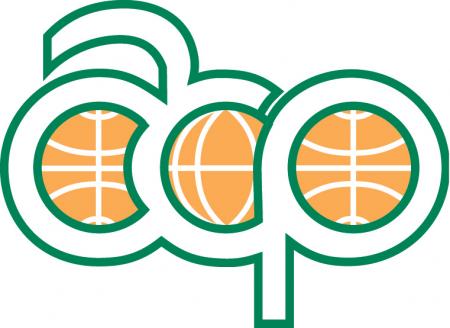A Rapid Biodiversity Assessment of the Kaijende Highlands, Enga Province, Papua New Guinea
Papua New Guinea (PNG) is an independent state occupying the eastern half of New Guinea, the world’s largest and highest tropical island. In recognition of its extensive remaining forest cover, spectacular biological diversity and low human population density, New Guinea has been recognised as one of the world’s five High Biodiversity Wilderness Areas (Mittermeier et al. 2003). In addition to extensive low- and mid-elevation tropical forests, New Guinea has extensive high-montane environments, particularly along the central mountainous spine of the island.






